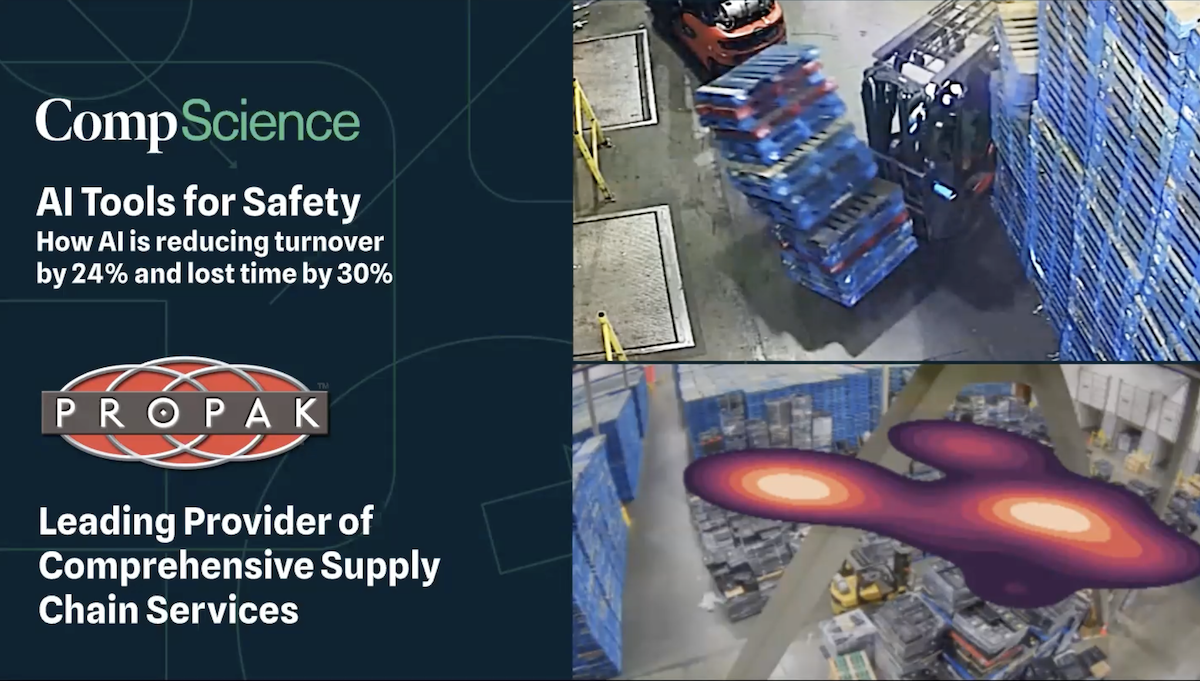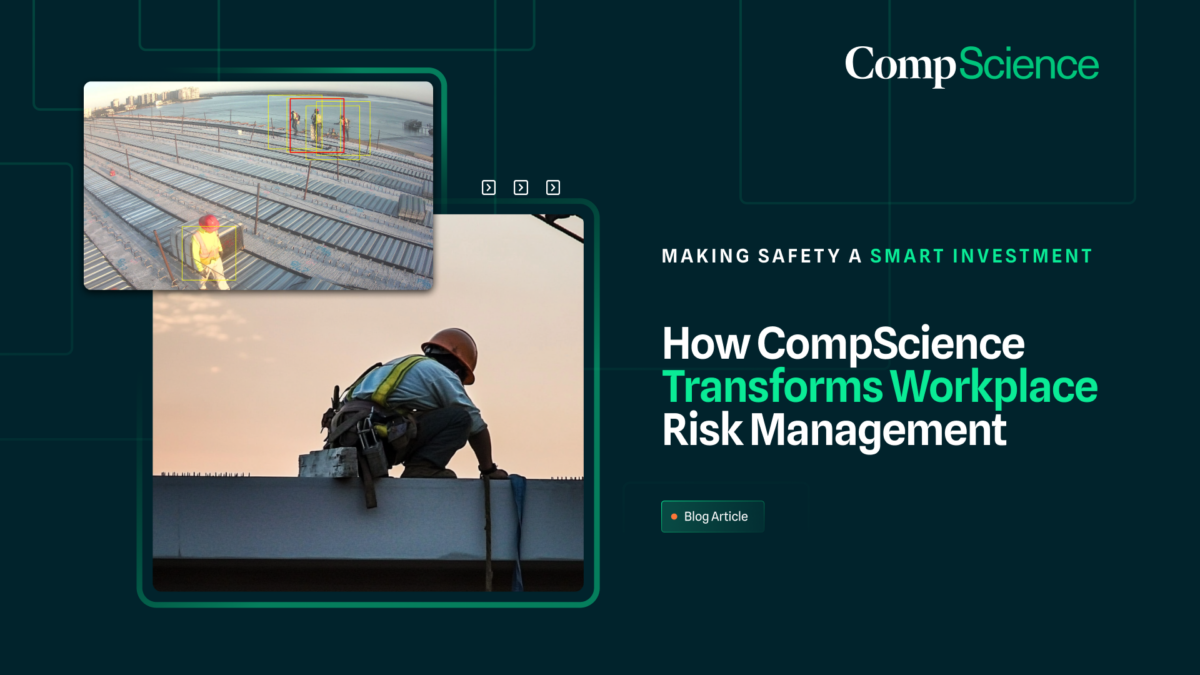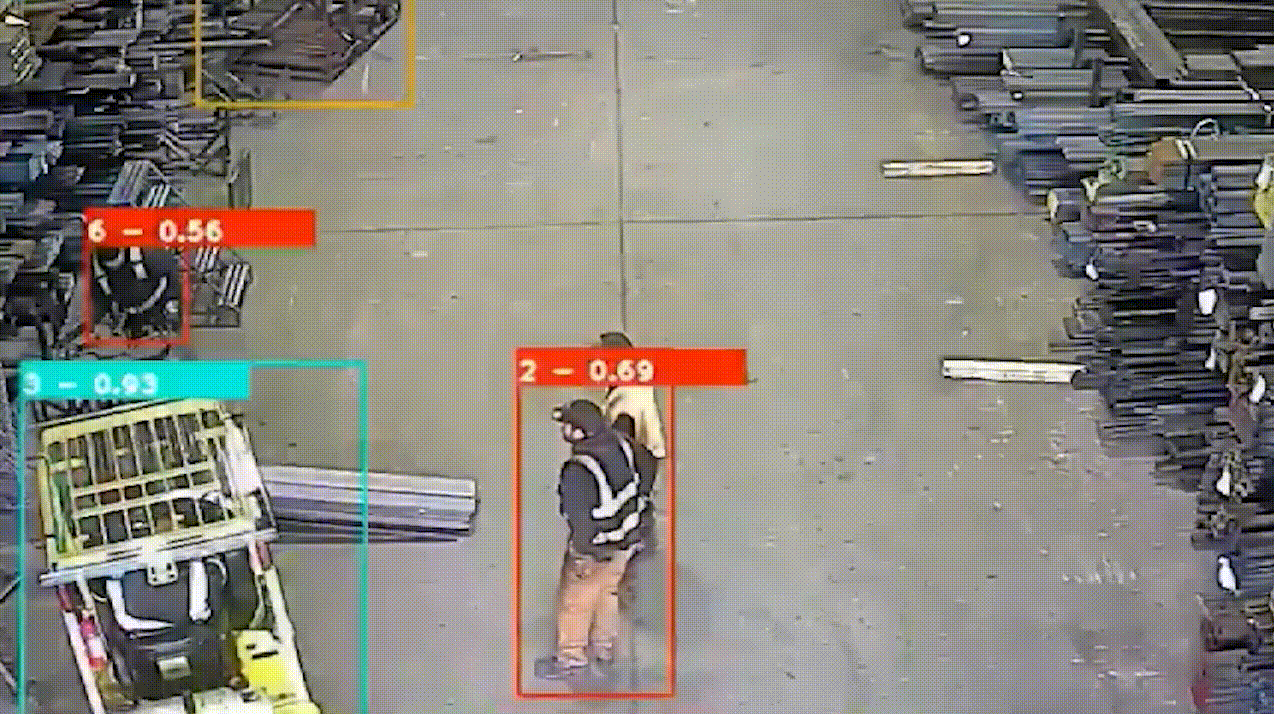The Most Common Logistics Workers Injury Risks
Logistics workers play a crucial role in the supply chain, ensuring the timely delivery of goods worldwide. However, this sector is fraught with injury risks due to the physical nature of the work and the environments in which logistics workers operate. Here is a listicle of the most common logistics workers’ injury risks:
1. Manual Handling Injuries
Manual handling, including lifting, carrying, and moving goods, is a significant source of injury. Workers often face strains and sprains, particularly to the back, shoulders, and knees, from lifting heavy or awkwardly shaped objects.
2. Slips, Trips, and Falls
Slippery floors, uneven surfaces, and obstacles in walkways can lead to slips, trips, and falls. These incidents can result in fractures, lacerations, and even more severe injuries like head traumas.
3. Forklift Accidents
Forklifts are indispensable in logistics operations but can be dangerous. Collisions with pedestrians, tipping over, and falling loads are common risks associated with forklift operation, leading to severe injuries or fatalities.
4. Falls from Height
Working at height, including on ladders, platforms, or within racking systems, poses a significant risk. Falls from such heights can lead to serious injuries, including broken bones and head injuries.
5. Repetitive Strain Injuries (RSIs)
Repetitive tasks, such as packing, sorting, and assembly line work, can cause RSIs. Carpal tunnel syndrome, tendonitis, and muscle strains are common among logistics workers due to repetitive motions.
6. Vehicle Accidents
Logistics workers involved in transportation face risks of vehicle accidents, whether driving forklifts within a warehouse or trucks on the road. These accidents can lead to a wide range of injuries, from minor bruises to life-threatening conditions.
7. Exposure to Hazardous Materials
Workers handling or exposed to hazardous materials without proper protection can suffer from burns, respiratory problems, and other health issues related to chemical exposure.
8. Noise-Induced Hearing Loss
Prolonged exposure to high levels of noise, common in warehouses and distribution centers, can lead to temporary or permanent hearing loss.
Conclusion
Recognizing and mitigating these risks through proper training, safety equipment, and ergonomic workplace designs is crucial for protecting logistics workers. By addressing these common injury risks, companies can ensure a safer working environment, reduce the incidence of workplace injuries, and maintain a more efficient and productive operation.









